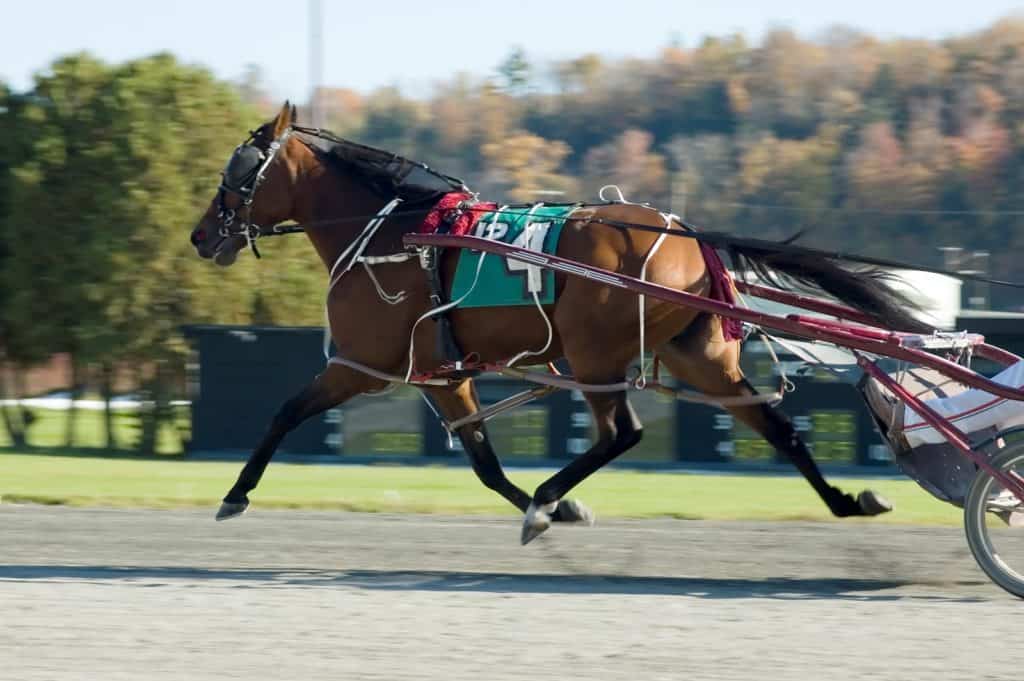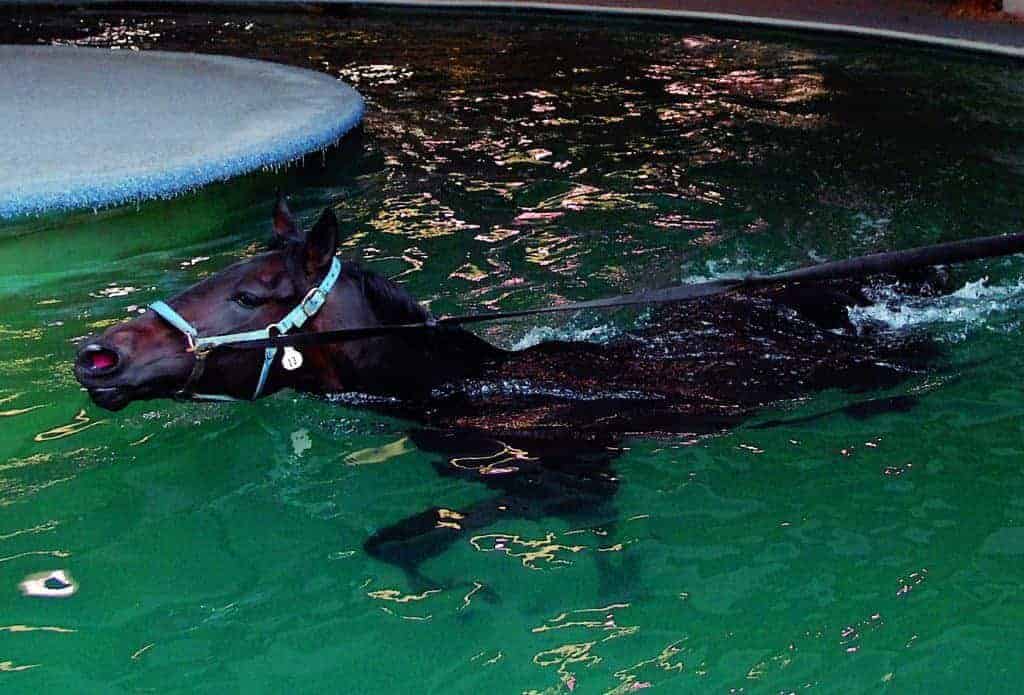
Diagnosing Poor Performance: A Case Report
Here’s how veterinarians diagnosed and treated a Warmblood that stopped intermittently when working under saddle.

Here’s how veterinarians diagnosed and treated a Warmblood that stopped intermittently when working under saddle.
Presentation topics will include metabolic issues, breeding, melanoma, lameness in prepurchase exams, and more.

Veterinarians could be able to use this baseline data to identify prelaminitic changes in Arabian horses.

Articles on laminitis, colic, hoof abscesses, licking and chewing, and wound care are among the most-read in 2017.
Lecture topics will include parasitology, gastric ulcers, fescue management, respiratory conditions, and more.

Researchers found high degrees of heritability (up to 0.17), especially in male horses and in pacers.

Lameness was the most common issue ride vets found, but 48% of affected horses had no further vet exams or treatment.

Learn about diagnosis and management of navicular horses.

Low-intensity swimming could help maintain glucose and insulin levels without putting excess strain on horses’ limbs.

Researchers have determined that that some gastrointestinal lesions are more common in certain types of horses.

Take a look at how immunosenescence and its effects impact the way owners and veterinarians care for senior horses.

This part of the study details behavioral pain markers, including head tossing, unwillingness to go forwards, and more.

This racecard data will provide transparency for bettors and help generate data for equine health and welfare research.

Surgeon Dr. Brett Woodie covers ways vets can identify the causes of upper-respiratory issues in athletic horses.

The FEI and the University of Glasgow will further develop the Global Endurance Injuries Study.

Nearly 75% of horses in a recent study had significant motion asymmetry but were sound according to their owners.
Stay on top of the most recent Horse Health news with
"*" indicates required fields